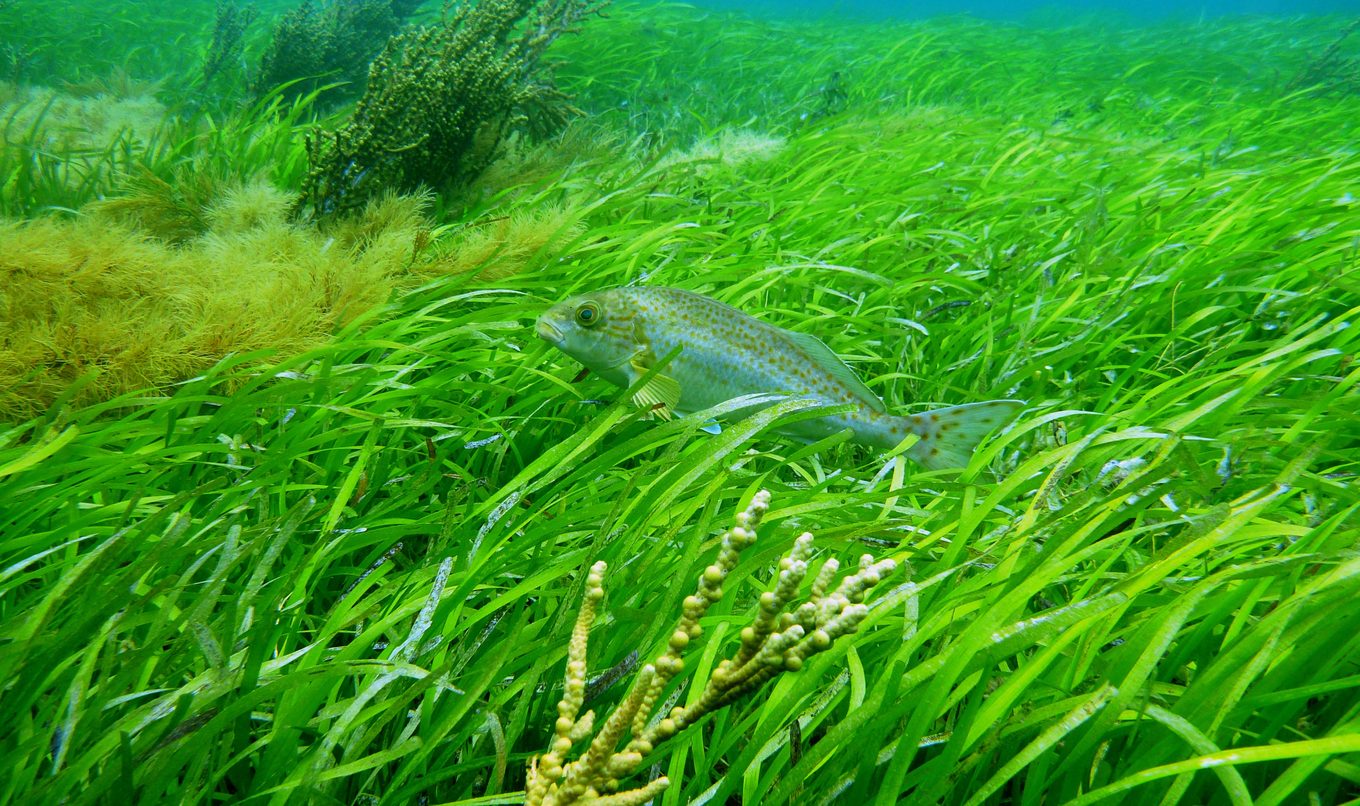Blue carbon funding boost for SA coastal restoration projects
Two South Australian projects have been awarded Federal Government funding as part of a multi-million dollar investment in the restoration of blue carbon ecosystems across Australia.

The Nature Conservancy-led South Australian Blue Carbon Ecosystem Restoration Project received a $2.9 million grant while the University of Adelaide’s Gulf St Vincent Seagrass Restoration Project at Port Gawler was awarded $1.97 million.
The Nature Conservancy and its partners, including the Department for Environment and Water (DEW) are aiming to restore and enhance 12,400 hectares of carbon-rich mangroves and saltmarsh habitats located 50 kilometres north of Adelaide in the Adelaide International Bird Sanctuary.
The Adelaide University and South Australian Research and Development Institute project involves dropping around 100,000 biodegradable hessian sandbags on the seafloor over winter and allowing wire weed seagrass seedlings to naturally attach to them.
The projects were chosen based on ecosystem variety, scale of restoration, partnerships with local communities and Traditional Owners, as well as the benefits provided to biodiversity, fishing, water quality, and coastal protection.
Director Climate Change, Coasts and Marine with DEW Dr Neil McFarlane explained that blue carbon ecosystems support marine life, contribute to coastal livelihoods, and provide protection from storm surges.
“They also absorb carbon from the atmosphere and store it in their soils, roots and plants, which can help deal with climate change,” Dr McFarlane said.
“This ‘blue carbon’ can remain in the sediment for thousands of years if undisturbed, making it one of the longest-term natural solutions to climate change.”
Dr McFarlane said Australia is well-placed to capture the immense opportunities blue carbon presents our marine environment.
“The Coast Protection Board recently funded preliminary hydrological modelling at Cowell with the Eyre Peninsula Landscape Board to investigate the potential for blue carbon at this site,” Dr McFarlane said.
“They’ve also provided a grant to The Nature Conservancy to identify potential blue carbon sites across South Australia.”
Eleven species of seagrasses are known to grow in South Australia covering an area of approximately 9,620 square kilometres. One hectare of seagrass is estimated to be worth more than $26,000 per year, making seagrass a very valuable ecosystem.
Per hectare, seagrasses can store up to twice as much carbon than terrestrial forests and play an important role in reducing global greenhouse gas emissions.

